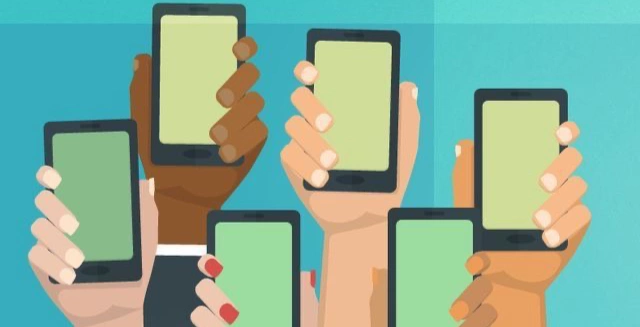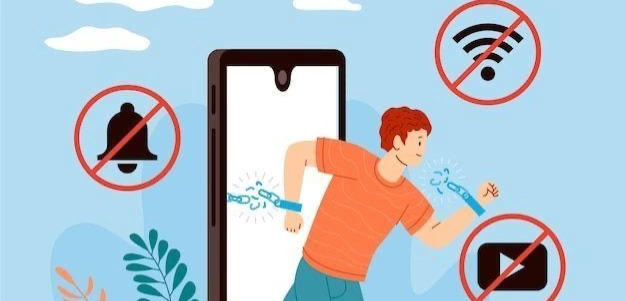“I’m Abroad — and Nothing Works” — Awkward Moments with Mobile Connection While Traveling
The plan was simple: land, open your map, call a taxi, and text your friends that you’ve arrived. Reality turns out to be different. Your phone connects to a network — but nothing loads. The airport Wi-Fi asks for a local number. WhatsApp or Telegram calls just don’t go through. That’s when you realize: internet abroad isn’t always automatic.
Every traveler has experienced this digital disconnection at least once. Sometimes it’s just a glitch. But often, it’s a country-specific issue no one warned you about.
The UAE, China, Iran, Qatar, and Egypt all place restrictions on voice and video calls through messaging apps. You can send texts, but you can’t call or video chat. If you planned to check in with family or take a quick work call via WhatsApp — forget it.
Then there’s the situation where you bought an eSIM ahead of time, thinking you were fully covered. But it connects to a local partner network that should work — and yet in practice, it’s slow, unstable, or only functional in big cities. At the beach, in the mountains, or on an island — you’re offline. Or the speed is so low that even Google Maps won’t load.

Now add another issue: no hotspot sharing. Many eSIM providers — especially with unlimited data — block tethering. You can’t share your mobile connection with your laptop or tablet, even if you have plenty of data. On a work trip, that can ruin your whole day.
There’s also the issue of high latency. Everything seems fine — messages send, websites open. But real-time features like GPS navigation or video calls lag, freeze, or fail. This is especially frustrating for remote workers or anyone navigating complex routes.
Your phone can feel almost useless if you didn’t prepare for these little tech details. And this isn’t about paranoia — it’s about comfort, safety, and being able to adapt.

💡 What to keep in mind:
• If you plan to make calls via messaging apps, check if they’re allowed in your destination, or set up a VPN in advance.• Before purchasing an eSIM, research which networks it uses locally and whether it supports features like hotspot sharing.• Don’t rely on just one source of connectivity: have a backup plan — like a local SIM card, offline maps, and VPN access.• Make sure your phone supports the right network bands — especially in Asia, islands, or South America.• Pre-download everything you might need offline: bookings, tickets, addresses, maps.
Travel is always a little chaotic — and that’s part of its beauty. But when your connection works, you feel more grounded. And when you’re prepared, it doesn’t matter if you’re in a desert, jungle, or megacity — you stay connected, calm, and free.
Close